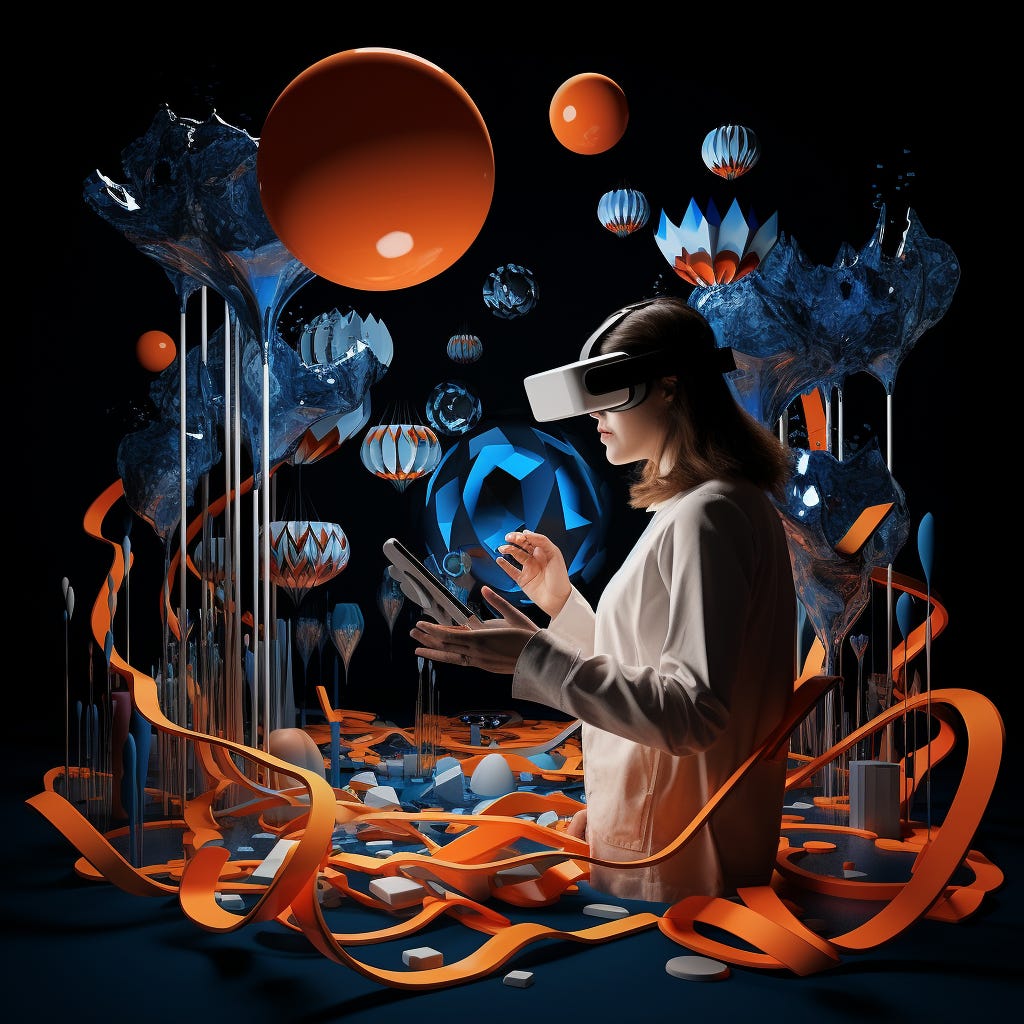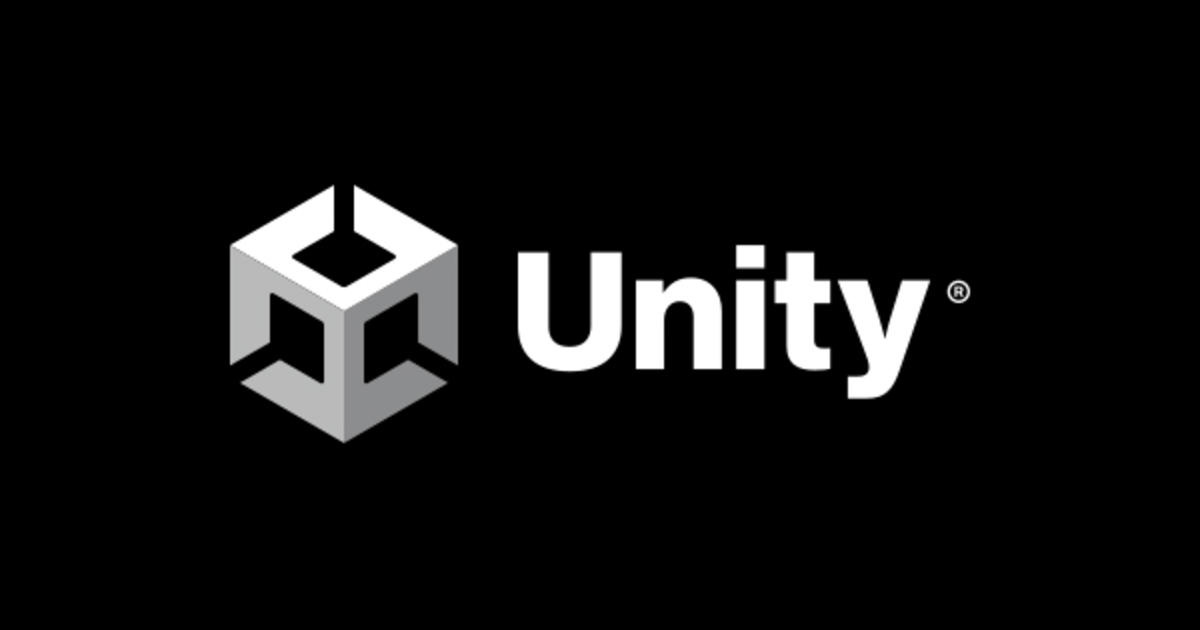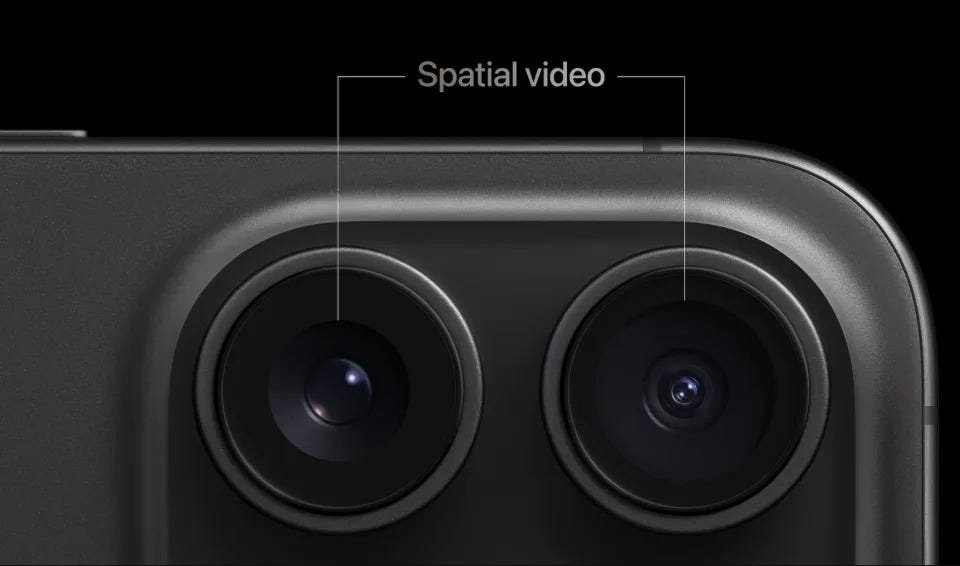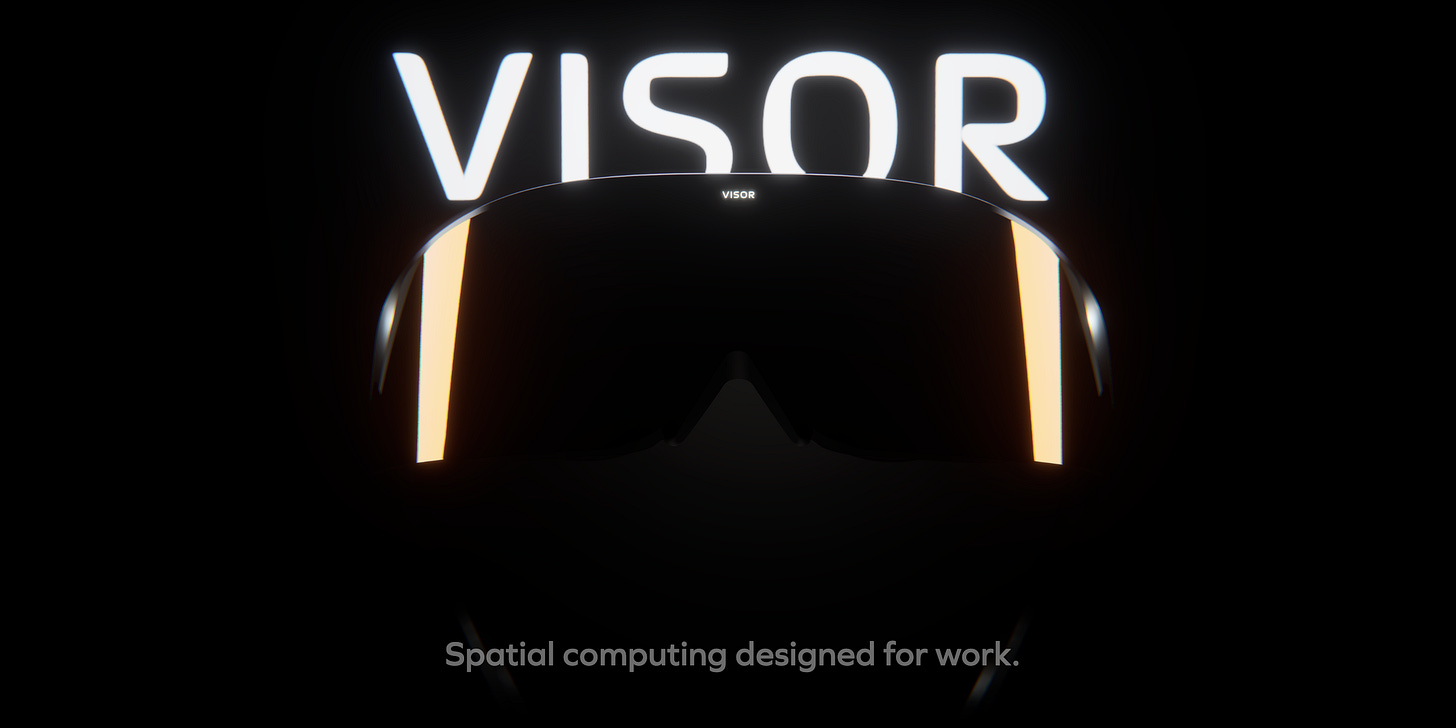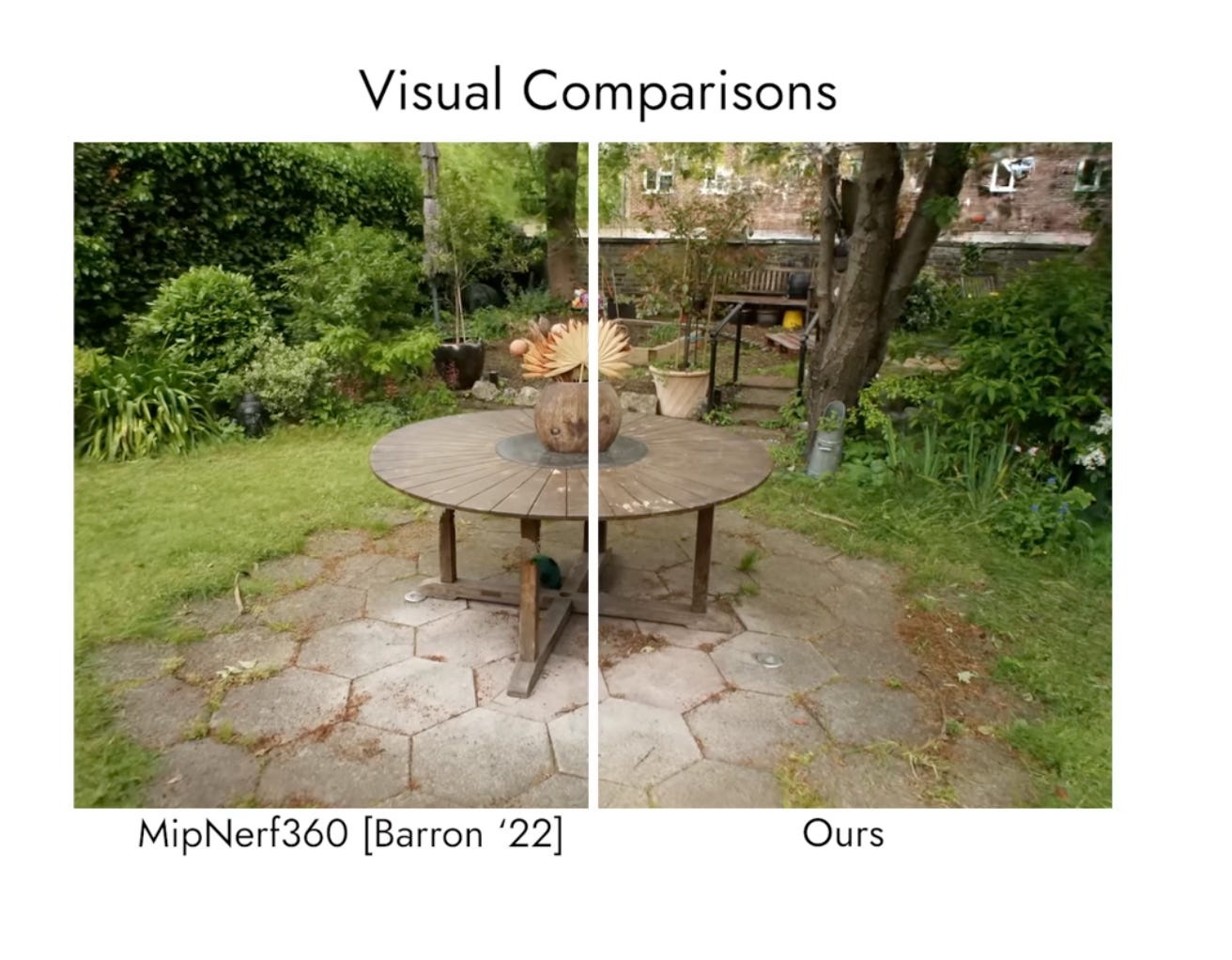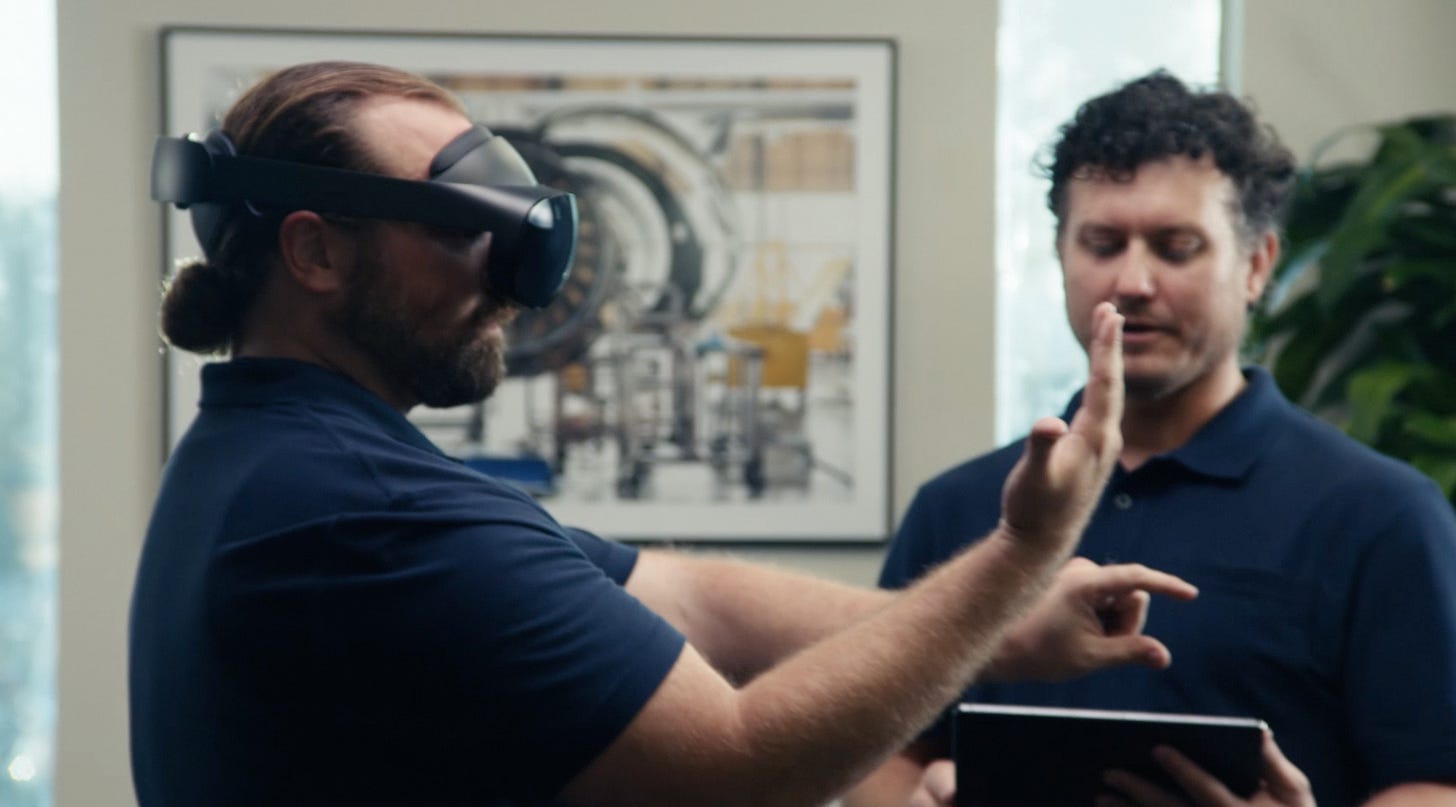Digital Explorers' Diary #55
Today: Things to keep in mind when selling interactive experiences, Unity price change catastrophe, the new location-based game from Niantic and Capcom, and news from Apple!
Welcome to the Digital Explorers' Diary #55!
A curated collection of thought-provoking topics about interactive technologies, AI, web3, sense-making, entrepreneurship, and psychology.
Executive summary:
The importance of keeping the needs and benefits in mind when selling interactive experiences,
Unity price change catastrophe,
The new location-based game from Niantic and Capcom,
And news from Apple related to Spatial Computing!
Don’t sell the technology. Sell the benefits!
When doing sales and marketing, one of the first principles that one learns is to listen carefully to the customer; most of the time, they express their wants. In the context that I evolve in, B2B/B2C interactive experiences, the want often revolves around technology. I want an Augmented Reality street marketing experience! I want a Virtual Reality training solution! As technophiles, it’s very tempting to dive right into a proposition without thinking further – the technology is what we know best!
Unfortunately, with this technology-only perspective, projects fail to meet expectations or don’t start at all. Too expensive or too complex: clients don’t see the value.
Instead, once the want has been expressed, we need to pause and think. What are the needs behind the want? What is the expected value? What is the strategic context for the client?
In the first example, the want is a street marketing AR experience. What’s behind it? What’s the need? Is it for a new product launch promotion? Is it to target the existing customer base and increase their lifetime value or another customer segment? Is it to advertise a new store opening?
Same inquiries for the Virtual Reality training. Search for the need. Is it to train new hires or to improve experienced workers? Is there a high injury rate in a particular process? Is there a low-quality metric on a specific piece?
Once these questions have been answered, the project's end goal is clear. It will be easy to measure success. The technology will be hidden behind the benefits. The project proposal will make sense for the client. Just selling the technology is seen as an expense, but a project with clear goals and benefits will become an investment, a true business tool.
Let’s see a few “don’t“:
Don’t sell an Augmented Reality interactive game for a company global meeting. Sell the employer branding, the employee engagement, and the team building.
Don’t sell a Virtual Reality experience for customers waiting in a boutique. Sell the brand engagement, the loyalty, and the lifetime customer value.
Don’t sell an AR scavenger hunt. Sell the brand awareness, the drive-to-store strategy, and the prospect base increase.
Don’t sell a Metaverse (Roblox, VRChat, etc.) popup. Sell the dematerialization, the “always on“ capabilities, the engagement, the reach to GenZ…
Again, these technologies are amazing, and it can be easy to be caught by their intrinsic attractiveness, but that only lasts for a while until the project really needs to make sense, economically, of course, and to match the needs and the benefits.
Oh, by the way, if you want – or need? ;-) – to brainstorm this thought process with me, reach out here!
This Week's News:
This past week has shown an unfortunate textbook case of how to lose customer trust. Unity, one of the leading game engines, announced a sudden price model change on September 12th.
They will start charging a $0.2 per installation fee on the games built with Unity. To make things worse, these changes are unclear on what counts as one installation, not to mention a shady deletion of their Terms Of Service history.
All Unity users are complaining and thinking of moving to another game engine or even closing their business; indeed, these fees can skyrocket quickly.
They might revert this change in the next few days, as announced on Twitter on Sunday 17th. Even if they do come up with a better plan, the trust of the developer community is a door that is closed and will never open again. Maybe a complete leadership change might help. We’ll see!
Monster Hunter Now, the latest Pokemon Go clone from Niantic, was released on September 14th.
I previously covered that a simple copy-paste of Pokemon Go isn’t likely to succeed. Here, the game is a quest-collect type, where you hunt for monsters, improve your character and weapons, and explore your surroundings using the location-based engine that made Pokemon Go famous.
It seems to rely mainly on the Monster Hunter gameplay coupled with location-based search instead of trying to force the usage of Augmented Reality, which might help its success. We’ll see!
The launch trailer is fantastic, by the way, featuring famous influencers – this is a move by Capcom to increase their user base towards GenZ. Will they succeed?
The 2023 Apple keynote was held on September 12th. I will focus here only on the news that relates to the Apple Vision Pro:
The latest Apple Watch introduces the “double tap,” which lets the user interact with the watch by just tapping twice the thumb and index, without touching the screen. This is similar to what has been seen in the Vision Pro release and might hint at a convergence of the Watch as an accessory to the Vision Pro… Or maybe a new Apple Bracelet that will act as a controller to other Apple devices?
The new AirPods Pro features lossless audio that allows a connection to the Vision Pro. If you’ve already been using a VR device with built-in speakers, you know how loud these can be, so having noise-cancellation earbuds is definitely a user experience improvement.
The latest iPhone 15 Pro can record “Spatial Videos“ that can be seen through the Apple Vision Pro. It’s unclear if the format will be visible on other types of devices – unlikely with Apple –. Still, it’s again amazing to see Apple moving its pieces slowly but strategically on the chessboard of Spatial Computing.
Related, I was invited by AugmentedReality.fr to talk about Vision Pro, its features, and its positioning in the current market. It’s in French! Watch it below.
From the Podcast
Every week, I’m teaming up with Guillaume Brincin and Sébastien Spas on the Lost In Immersion podcast. This week:
Working in Virtual Reality is a controversial topic. While some think it’s already ready for prime time, such as Immersed and their 2024 headset “Visor“, we think it still has a long way to go. Apart from headset comfort, what matters the most is the resolution and eye fatigue that comes with the current headset screens. Even high-definition screens such as this Visor will, to our opinion, not be a fit for 8 hours a day.
We then look at the next evolution in 3D reconstruction from images and videos, with the very scientific name of 3D Gaussian Splatting. It looks amazing. I wonder how far are we to have this available for videos? It will be a solid multiplatform concurrent to Apple’s Spatial Videos.
Meta has finally made a video about the usage of VR for businesses and industries. Will the Quest3 and future QuestPro be widely adopted in the professional world? Maybe, but only if the come without the mandatory need for a Meta accound and a reliable device management system. —
As I mentioned last week, Nintendo is rumored to work on a VR headset in collaboration with Google. They really need to get this right, as the expectations are high. We wonder as well on the price tag, Nintendo consoles have been popular for family and friends, would we be able to afford a couple of headsets? Or will this be an opportunity for shared experience between the console and the headset?
Watch the podcast below, and tune in at 10 am UTC on Tuesdays on Twitch, and listen to the podcasts on Youtube, Spotify, Apple Podcasts, Google Podcasts, or Amazon!
Did this newsletter spark some ideas? There are a lot of ways we can work together:
A quick-fire, 30-minute brainstorm with me - book it here!
We can ideate, prototype, and build your experiences - contact us here!

